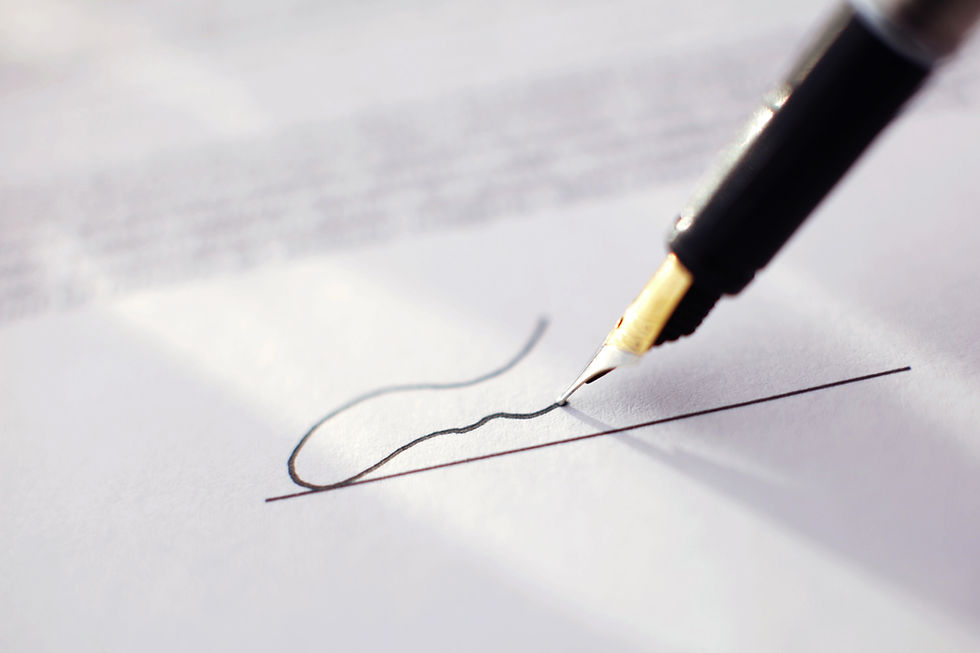INDONESIA MAKES STRIDES IN MODERNISING ITS TRADE MARK LAW
- Chetan Chadha

- Jul 15, 2017
- 2 min read

Continuing along its path of modernising its trademark law, Indonesia has enacted Regulation 67 on Trademark Registration, as part of the implementation of of Trademark Law No 20 of 2016. The regulation came into effect from 1 February 2017, and clarifies several changes in the trademarks system in Indonesia.
Formality requirements eased: Indonesia, as a “first to file” nation, earlier required that formality documents such as Power of Attorney and Statement of Marks Ownership be provided at the time of the filing of the application; late filing was not permitted. Under the new law, as long as the trademark application, representation of the mark, and the fees are included, the application is accepted. Formal documents may be submitted within 30 days.
Non-traditional marks clarified: The new law introduces protection to non-traditional marks, expanding the definition of a trademark, and also specifying requirements
Three dimensional marks: Applicant must submit the visual description of the mark, and a description of the protection claim, as well as the three dimensional characteristics, as can be seen from the front, side, top, and bottom
Sound mark: Applicant must submit the notation as well as the sound recording. For those marks that cannot be presented in notation form, a sonogram of the depiction is to be submitted
Hologram: description of the trademark is to be submitted
Well-known marks clarified: The new law clarifies the parameters for determination of any mark as well known, and includes
The level of knowledge or recognition in the public toward the mark in the relevant field of business
The volume of sales of the goods and services
Market share of the goods or services as sold under the mark
The length of the use of the mark
Registration or use in other countries
Successful enforcement of the mark
Inherent value of the mark
Refusal on the basis of well known marks: An examiner will now be able to refuse a mark on the basis of a well-known mark existing for unrelated goods and services. For refusal on such grounds, the proprietor of the well-known, registered mark must file official opposition against the application. This does leave the question open, however, about whether an examiner will take well-known marks into consideration when no written opposition has been filed.
Assignment of pending trademark application allowed: This has only been allowed for trademark applications filed after the enactment of the new Trademark Law on November 25, 2016. Applications filed prior to this can only be assigned after registration.
Procedure sped up: Under the new law, following filing stage, the application will enter publication stage, during which the application may be opposed by a third party. The application will enter substantive examination stage following the end of the substantive examination stage
This also means that the time period for a trademark application will be approximately nine months.
These changes will help modernise Indonesian trade mark law; and burnish the country’s reputation as a business friendly destination. Smoothness in implementation will be key in the entire process.
This alert is meant to provide general information only. Please seek legal advice for your specific matter.
































Comments